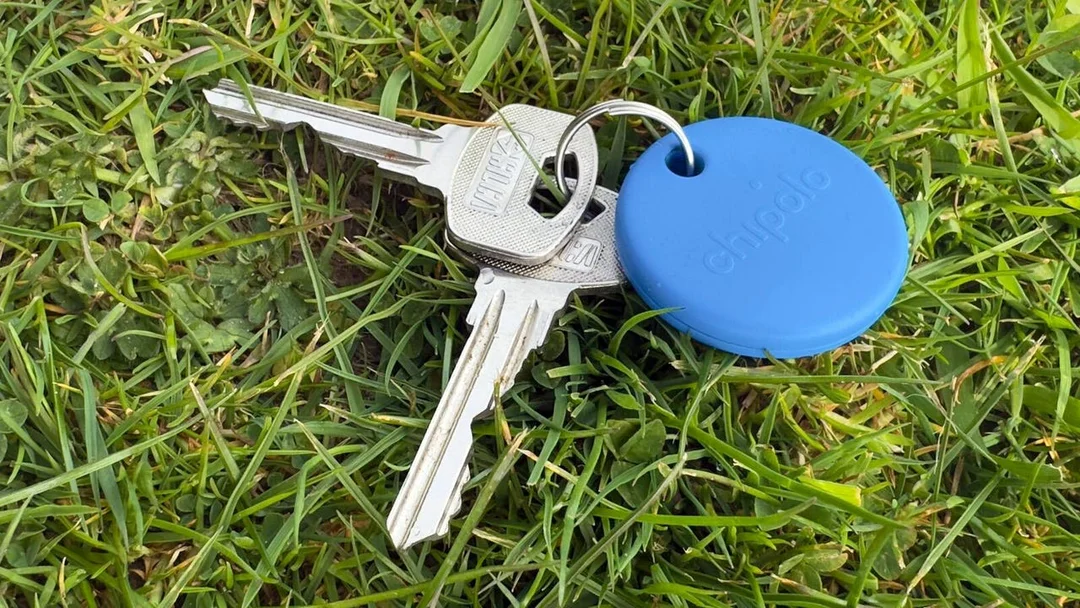
Google’s Find My Device Network: Has It Finally Caught Up to Apple AirTag?
When Google launched its Find My Device network in April 2024, it faced a lukewarm reception. Critics cited a slow rollout and questionable reviews, casting doubt on its ability to compete with Apple's AirTag. But a year later, has Google managed to turn the tide? This article will dive into the current state of Google's tracking network, comparing it with its rivals and examining the improvements made.
Several tests conducted with trackers from Pebblebee, Chipolo, and Motorola reveal that Google's network has indeed improved. While it performs admirably in busy urban environments with stationary tags, it still lags behind Apple's Find My network and Tile in rural areas or when tracking moving objects. This discrepancy, however, may be by design, driven by Google's emphasis on user privacy.
Google's Find My Device network operates similarly to Apple's. It leverages Bluetooth to connect to nearby Android devices, which then share encrypted location data. Yet, Google has been more cautious with location data, opting to aggregate data from multiple devices before pinpointing a location, unless users opt for more permissive privacy settings. This approach prioritizes privacy over real-time accuracy.
Early reviews were harsh. Android Police reported going a full day without a location ping on a "lost" Pebblebee Tag. Android Central faced similar issues, going three days without an alert from Pebblebee and Chipolo trackers. Google acknowledged these problems and promised improvements. Angela Hsiao, product manager at Google, stated that items are now found four times faster than at launch, thanks to "continuous algorithm and technical under-the-hood improvements." These tweaks include adjusting Bluetooth scanning frequency to enhance connectivity.
User behavior has also played a role. While the default setting relies on aggregated data for privacy, users can switch to an "all areas" option, allowing Google to use individual phone location data for tracking. The more users opt in, the stronger the network becomes. As highlighted by Rita El Khoury from Android Authority, Motorola and Chipolo have even introduced their own apps to enhance the functionality of the Find My Device network. "The two tags still work with the Find My Device network and still appear inside the official Google Find My Device app, but installing their apps opens up the door to many more useful options."

Chipolo's new Pop and Motorola's Moto Tag trackers, both compatible with the Google network, are examples of the added features available through such apps. The Pop includes a loud 120-decibel sound and reverse-finding feature while Tag allows users to customize ringer volumes.

In testing, the Tile Mate initially popped up first, followed by the AirTag and Google trackers. However, the Google trackers' location pin was less accurate initially, taking longer to pinpoint the precise location. Outside of urban areas, Apple's AirTag proved quicker and more precise, while Google's network struggled to provide any location data.
While Google-powered tags may lack UWB support, they compensate with louder alarms for close-range finding. However, locating has been found best in busier locations.
The key question remains: is Google Find My Device truly on par with Apple Find My? While it has made significant strides in the past year, it still faces challenges in accuracy and real-time tracking. Google's intentional design choice to prioritize privacy results in a less effective, although safer, tracking experience.
Google's journey with the Find My Device network highlights the tension between functionality and privacy. By prioritizing user safety, Google sacrifices the precision and speed offered by competitors like Apple. Ultimately, the success of this network hinges on whether users value privacy over real-time tracking accuracy. What are your thoughts?
Leave a comment below expressing your opinion.